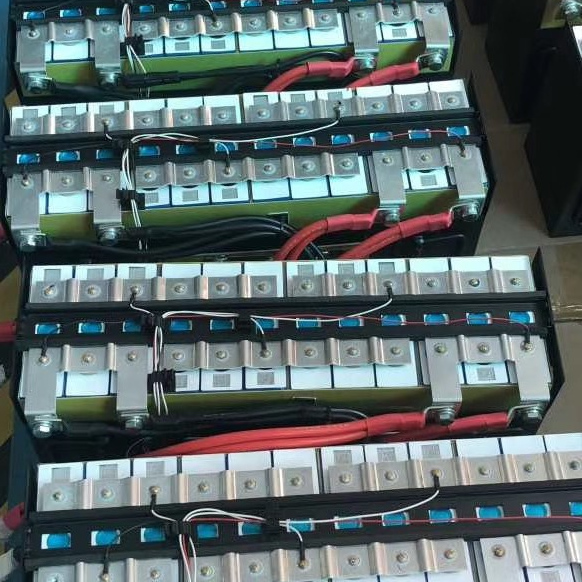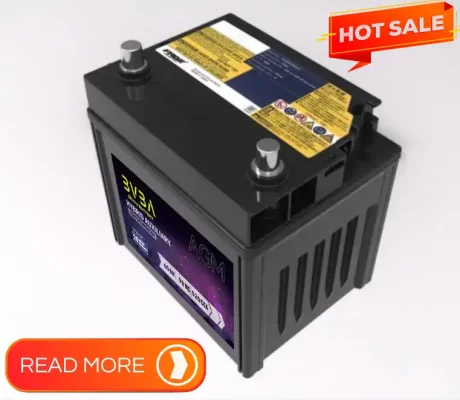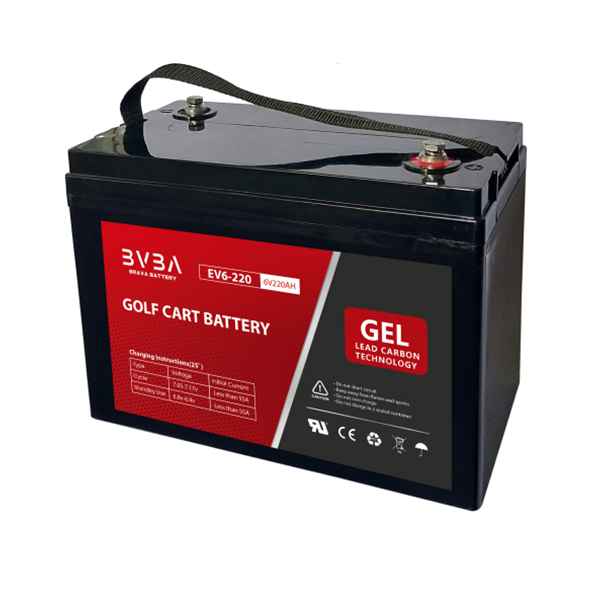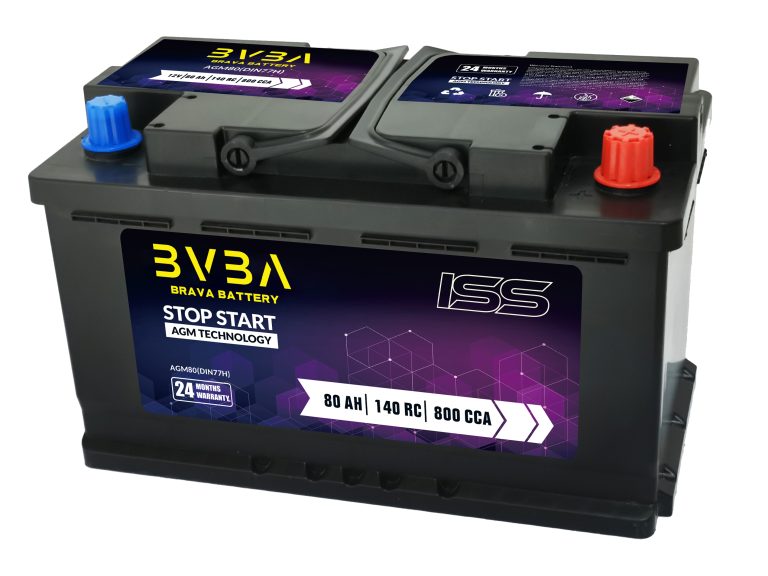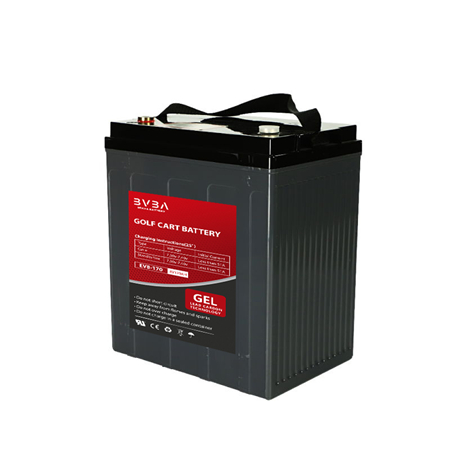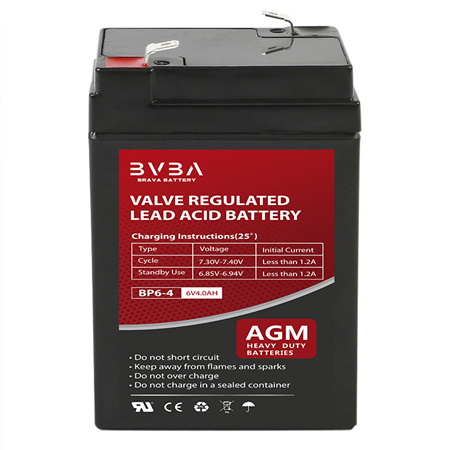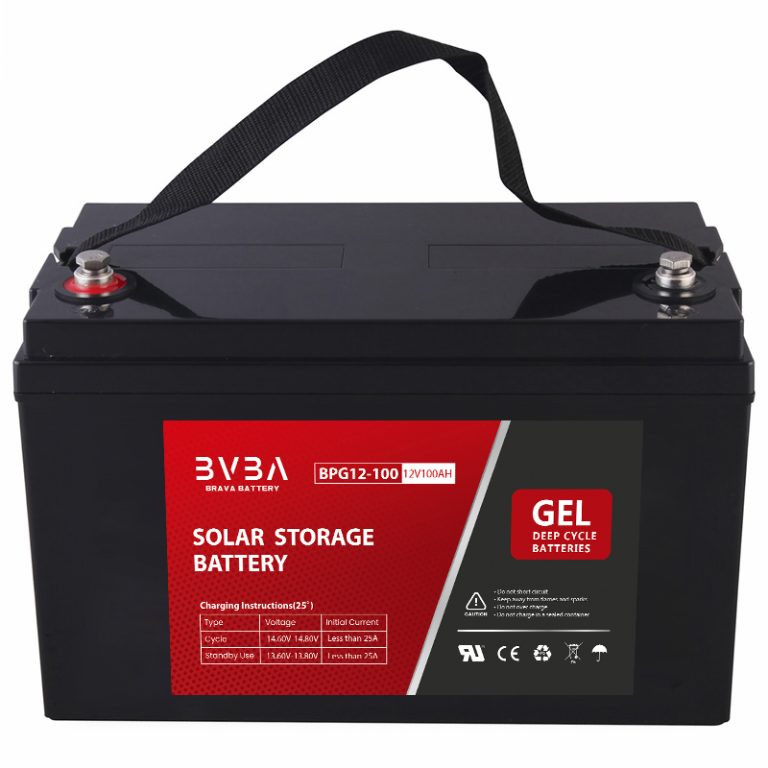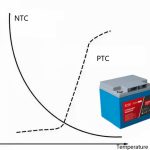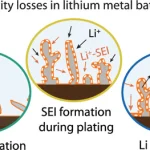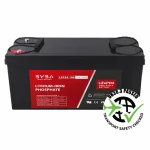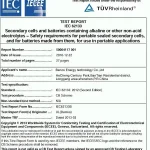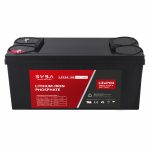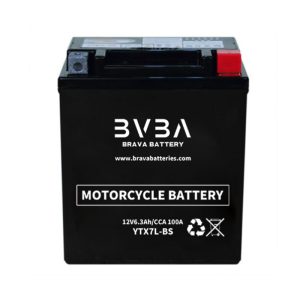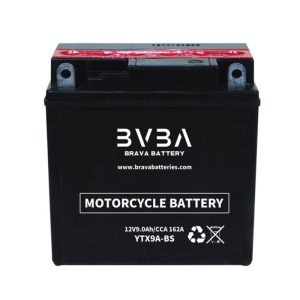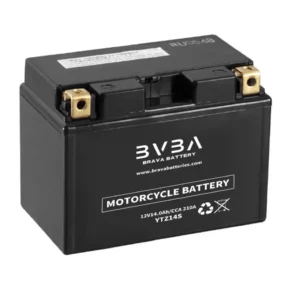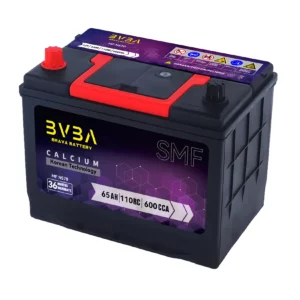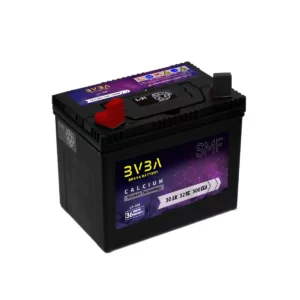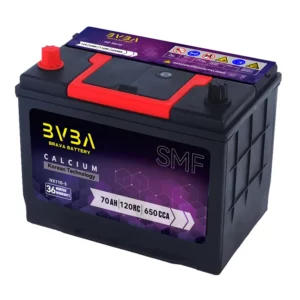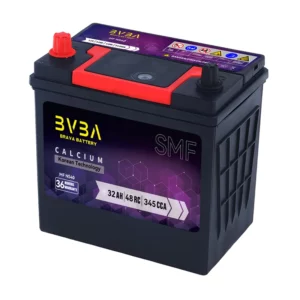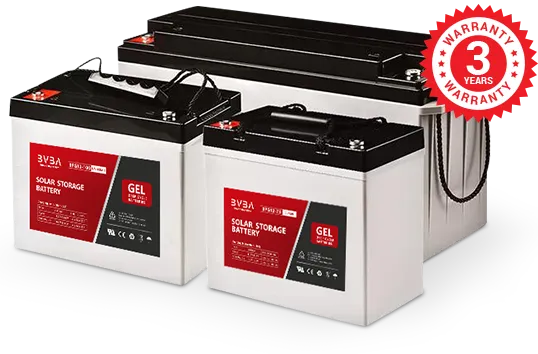Prismatic VS Cylindrical LiFePO4 Battery, which is better?
If you research LiFePO4 starting and deep-cycle batteries beyond the glossy ads, you’ll soon uncover the two major types of component construction used in their manufacture: cylindrical cells or prism cells.
Cylindrical cells look just as their name implies. Cut open a battery built with them and it will look like several dozen standard D-cells, connected end to end and arranged in rows and columns.
prismatic cells for automotive use are larger and look more like flat bricks; typically such cells are 3.2 volts each, thus four of them connected in series create a 12.8-volt battery. (This is how Antigravity Batteries builds their LiFePO4 units.)
Which is better? Not surprisingly, manufacturers using cylindrical cells say cylindrical cells are better, and those using prism cells say prism cells are better. In truth, a high-quality battery can be built using either construction. The difference is in details, and the emphasis each manufacturer places on the respective characteristics of each type.
Cylindrical cells are more amenable to volume production, and are thus less expensive. They handle internal pressures well, and the multiplicity of cells in a typical battery means that if one cell fails, the battery can continue to operate. However, they take up more space, and are more quickly affected by temperature swings—since each cell is small and has an air space around it, they will heat up more quickly or drop below a critical lower temperature more quickly. (On the other hand, of course, they will recover from over- or under-threshold extremes more quickly as well.) A battery made with cylindrical cells necessitates a multitude of mechanical connections to build the completed unit, increasing the potential for internal structural issues due to vibration and impact.
prismatic cells are more difficult and thus expensive to manufacture. Their chief advantage lies in a greater ability to tolerate over-charging as well as over-discharging. Thanks to their configuration they also boast superior energy density compared to cylindrical cells, which means greater flexibility for the manufacturer, and potentially lighter weight in the completed battery. In terms of thermal management, their compact form means a prism-cell automotive battery will take significantly longer to reach either a high or low temperature threshold—and, of course, longer to recover from that threshold.
The Lithium-ion battery industry has expanded rapidly in the last 10 years. Because of this, we also see many accidents of lithium-ion battery explosions and issues associated with fighting big battery fires. According to OSHA/CPSC, 25,000 overheating or fire incidents involving more than 400 types of lithium battery-powered consumer products occurred over a five-year period.
As the concern of safety becomes more obvious, some lithium-ion battery cells are claimed to be explosion-proof and fire resistant. It can be confusing and misleading if we don’t understand the different chemistries and types of lithium batteries. This article will uncover the myth of their differences and provide a deep analysis from the aspects of safety, lifespan, and commercial maturity, so you will understand why we think Prismatic LFP LifePO4 Lithium battery is the winning chemistry for modern underground mine equipment.
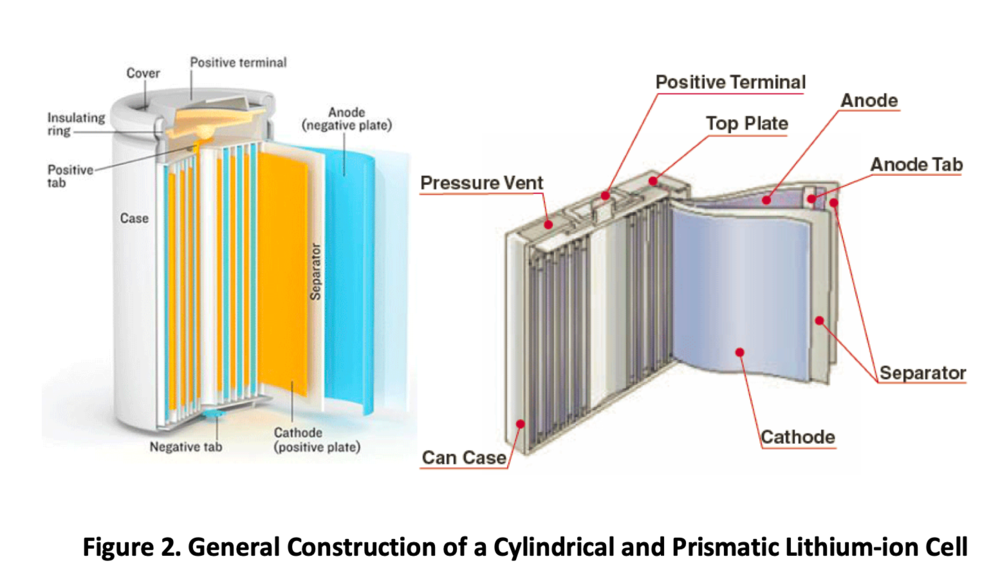
What is a Lithium Ion Battery?
In a Li-ion battery, lithium ions travel back and forth between the anode and cathode during charge and discharge (negative electrode being anode, positive electrode being cathode). The ions move in an electrolyte and across a separator that sits between the two electrodes (Figure 1). The sequence involves reduction/oxidation (redox) reactions specific to the particular chemistry of the cathode, and the chemical energy of these reactions is harnessed to store and discharge electrical energy from the positive and negative terminals of the battery.
During the some of the toughest tests, the LFP cell was smoking, no fire or burning occurred. In the baking with flame and external short circuit tests, LFP cell remains explosion-proof and fire-free. In the overcharge stress test, high charging voltage that was several times higher than the rated discharge voltage was used, and it was found that there was still no explosion on the LFP battery. The safety of overcharge is extremely important, as it is one of the most common thermal runaways.
LFP batteries can be used safely in ambient temperatures up to 55°C (131°F). Even if it catches fire, it shoulders like coal, and needs oxygen to burn. On the other hand, the popular NCM battery burns violently like gunpowder, and requires no oxygen to be set aflame. There are also differences in putting out the fire when your battery is burning. For LFP, normally water or foam can kill the fire. However. for NCM, it can get very complicated.
What is prismatic lithium battery?
A prismatic lithium battery, on the opposite hand, options a cell that has been casing in either metallic element or steel, chiefly for the needs of increased stability. This, in turn, creates many key blessings right out of the gate. As a result of this distinctive construction and makeup, prismatic metal batteries tend to be terribly skinny, flash and provide an efficient use of house.
Because the oblong form of your average prismatic cell offers much better layering than different choices, they generally provide engineers the next level of flexibility once planning product that may sooner or later feature prismatic batteries as power sources. as a result of that, it ought to come back as no surprise that prismatic batteries are generally found in smartphones, tablets, and similar sorts of electronic devices wherever quality may be a major priority. Thanks to these properties, modern-day prismatic batteries also are normally employed in larger crucial applications like energy storage systems and in electrical powertrains.
Cylindrical lithium Battery VS Prismatic lithium Battery
Case and form
In a shell, cylindrical cells are cylindrical in form and assign more room. They’re the foremost normally used cell sort thanks to their lower value. These are usually employed in portable computer batteries and even EVs.
Cylindrical cells will offer a more robust automation method and techniques that increase consistency and might handle high internal pressures while not deforming. they’ll be made at a far quicker rate and are less expensive than prismatic cells. They even have higher temperature management than prismatic cells. Their main downfall is that they assign more room. Prismatic cells, on the opposite hand, are designed are skinny and light-weight. They’ll use either steel or metallic element casing, which makes them a lot of stable. Sadly, this implies they’re dearer to manufacture. These are usually employed in smaller batteries like phone and pill batteries.
Prismatic cells, on the opposite hand, are lighter designed to conserve house. This makes it straightforward to attach four cells along and build a 12V battery pack. While as being costlier, their agent layering and rectangular form mean that the merchandise designer has a lot of alternative. They aren’t without their disadvantages. If one prismatic cell fails, the entire battery pack is going to be affected.
Cylindrical cells are the well-liked cell by most makers thanks to the lower cost, however prismatic cells are nice if house is your concern. Luckily, the technology close prismatic cells is up thanks to the demand for smaller battery.
Advantages and disadvantages
Advantages:
The technology of cylindrical metallic element batteries has been around for quite your time, therefore the yield and consistency of the pack is high. The value of pack is additionally low, that permits them to be appropriate for production. The cylindrical battery is especially convenient for its form of combos and quality for electric-vehicle styles.
The packaging shell of a prismatic metallic element battery is generally manufactured from Al alloy and chrome steel. The inner a part of the battery adopts a winding or laminating method. The structure is comparatively easy, and also the production method isn’t sophisticated.
Compared with cylindrical lithium batteries, these batteries are safer. As a result of they’re not like cylindrical batteries that use higher strength chrome steel because the shell and accessories with explosion-proof safety valves, the general weight is lighter, and also the energy density is comparatively higher.
Disadvantages:
For cylindrical metallic element batteries, there’s a coffee automation level because of the problem in having such a lot of differing types of metallic element batteries. The monomers are also quite different, and there may be cases where groups of prismatic lithium battery packs are far below the life of a single lithium battery.
On the opposite hand, prismatic metallic element battery is typically prepackaged in steel or Al shells, creating them significant with a coffee specific energy.
Prismatic Lithium Cells
Prismatic Cells are the superior type of Lithium cell for uses in any battery that is in a non-stationary environment.
However, there’s more to the construction of a Lithium Battery, including cell type, assembly, and materials used.
Cylindrical or Prismatic
Cylindrical cells are typically made quicker and cheaper in comparison to Prismatic Lithium Cells, but at what cost?
Cylindrical 28650 arrays require dozens of spot weld connections. Spot welds are by nature a brittle fixing and the fact you are relying on so many connections make the likelihood of failure greater. Specialised equipment is also required to make the spot welds and they are difficult to fix if there are any issues with an individual weld.
When comparing Prismatic cells there are also multiple tiers of quality in the construction and the connection options.
Cost vs Quality
Some prismatic cells are constructed with plastic outer cases. The type of plastic varies, and the cheaper cells use lightweight plastics of the cheapest composition available. The casing is an important point if there are problems with the Lithium cell. The melting point of cheaper plastics can be as low as 150C. Even hard case prismatic cases using better ABS plastic have a melting point of 200C.
Why is the melting point of plastic cases important?
If a Lithium cell is damaged or has a manufacturing fault, then it can go into error. Cheaper cells manufactured under less strict conditions may get something as simple as a single grain of dirt encapsulated in the cell which becomes a high resistant point and will heat up and can cause a cell to fail. Therefore, it is very important that the cells are constructed, and systems audited under strict international ISO standards to ensure these manufacturing issues don’t occur.
The cell fails by creating a short between the anode and cathode layer. In the unlikely event, the temperature can rise quickly. When the melting point of the case is low then very soon the case will melt around that hot point. With an ingress of oxygen, the reaction is fuelled and becomes very difficult to stop. There are three elements to combustion. Heat, fuel, and oxygen. Cheaper prismatic cells can heat with manufacturing intolerances being the cause, the plastic itself becomes the fuel and when it melts it allows the third ingredient, oxygen.
The safest alternative is utilising hard case metal cell enclosures. Aluminium has a melting point of 660C. A substantially higher temperature than the 200C of the plastic cell cases and the battery outer cases. Aluminium enclosures are harder to penetrate and do not provide fuel like plastic does. The outer battery case acts as the second layer of protection and when made of hard metal like Aluminium, it will be less likely to fail and allow the rush of oxygen in.
Battery Construction
Within the hard case metal, there are also different fixing options. The cheapest option is a metal tab that presents the positive and negative link. These tabs also require a spot weld to make a connection. The best option is a threaded bolt connection. This enables the most robust link and is easily serviced if required.
How the cells are linked together into a battery array is also a critical point. To make a 12V battery you need either 4 or 8 cells put into a serial array. The cheapest way is with individual links. The more robust connection is a customised Printed Circuit Board (PCB) which has embedded copper connections and turns the whole array into a mechanically rigid block.
What to look out for?
In summary, there are many considerations when manufacturing a battery and simple claims of having prismatic cells is a small part of the battery.
When looking at purchasing your next Lithium Battery, the below checklist is something you should take into consideration:
- Does the battery use prismatic cells
- Is the prismatic cell enclosed in an Aluminium outer case
- Are the connections made using bolts and not welded tabs
- Is the array held into a block with a rigid PCB cell link board
- Are the cells made by a company with international ISO accreditation
- Are the cells compliant with 62619 international standards
- Is the final assembly gone through charge and discharge tests during an auditable QA system with a QMS system in place
- Triple Guard Protection (Hard case metal cell protection, Electrical BMS protection, and hard case metal outer battery enclosure)
Why do small energy storage power battery packs choose cylindrical lifepo4 batteries?
Cylindrical lifepo4 batteries include 18650, 26650, and 32650. These three markets have more batches and the most common ones. There are also some less commonly used cylindrical batteries such as 18500 and 22650.
Cylindrical lithium iron phosphate batteries include 18650, 26650, and 32650. These three models are more common in the market. There are also some less commonly used cylindrical batteries such as 18500 and 22650.
Benefit 1: It is easy to combine and the structure can be varied. Like the 18650 battery, the batch is the most, and the market is also the most common. Its size is very flexible. We can design according to the structural requirements, such as 4S8P battery packs. We can make a 4*8 arrangement or make it 16*2 arrangement makes the dimension very flexible.
Benefit 2: It can meet the needs of small-capacity battery packs. For example, lithium iron phosphate battery pack products require a 12.8V 2000mAh battery pack. The prismatic batteries are generally large-capacity, and there is no way to meet the requirements. At this time, you can only choose the 18650-3.2V-2000mAh battery cell of lithium iron phosphate. 4 series and 1 parallel can meet the demand.
Benefit 3: When the cylindrical battery pack is combined, the gap between the battery core and the battery core is large, and the heat dissipation is good. Cylindrical battery, coupled with the cell bracket, has a stable structure, large cell gap and better heat dissipation.
Why do medium and large energy storage power battery packs choose prismatic liffepo4 batteries?
Benefit 1: The prismatic battery has a large capacity, and when a large lifepo4 battery pack is combined, and the number of batteries cells used is less, and the consistency of battery pack will be better.
For example, 72V 100An lifepo4 battery pack, if you use 3.2V 100Ah prismatic lifepo4 battery cell, only 20S1P, 20pcs batteries are enough.If you use lifepo4 cylindrical battery 32650-6Ah batteries, you need 20S17P, and use 340pcs batteries. The consistency of the battery pack is also related to the number of cells. The more the number of cells, the worse the consistency and the worse the performance of the battery pack.
Benefit 2: The process of the battery pack is simple and the processing is convenient. Large lithium battery packs, using prismatic lifepo4 batteries cells, can use positive and negative locking stud nuts, or laser welding process, the process is simple and convenient.
However, if a cylindrical lifepo4 battery is used, it is still a method of spot welding nickel strips, which is complicated and inconvenient for processing. At present, there are also cylindrical batteries using aluminum wire welding technology, which has high cost and unsatisfactory results.
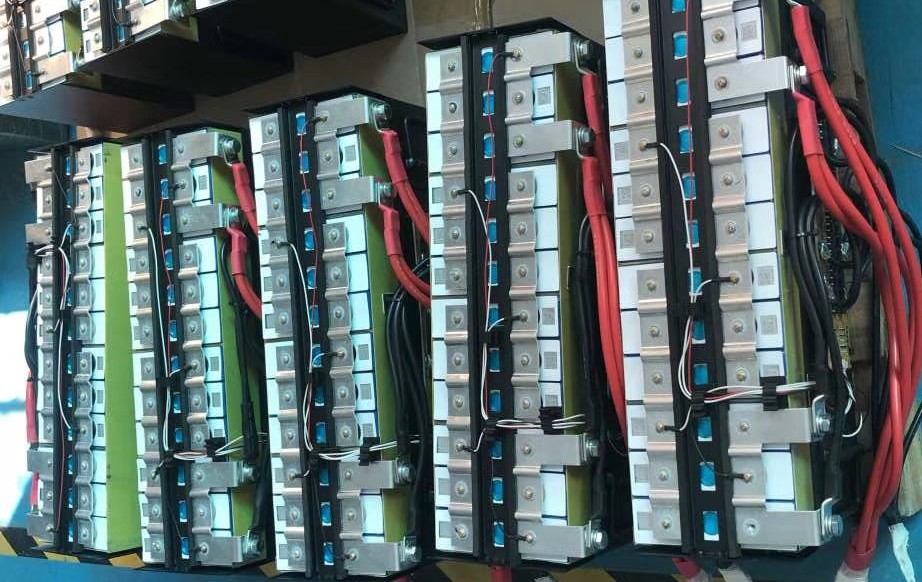
Further Thought
Prismatic LFP cells are widely used in energy storage, nowadays more and more EV makers. Companies like Tesla have started adapting their LFP cells, due to the excellent safety features, lack of toxic metal chemicals and low raw material cost. However, we have to keep in mind that the power consumption is very different between passenger EV and industrial EV. Passenger EVs pursuit long distances with small power consumption in short periods of time. Heavy-duty mine machines pursuit very high-power consumption in short periods of time. Should mining BEVs use the same standard on the battery as it is for passenger EVs and energy storage? Or it should be reviewed with the actual application of itself?
“Industrial heavy-duty machines need high c-rate and reinforced internal cell construction that brings more challenges on manufacturers who are used to making the lithium battery cells for the passenger EV industry. To achieve this heavy-duty feature matching tough mine vehicles, the production procedure needs to have a complete reset, and the material sourcing of electrodes, separators, even the terminal posts will need to have a completely new standard. For example, the aluminum film and copper film used for the separators all need to be thicker.” Said by production engineer of Zhenghai Hu, VP of Engineer at Frey New Energy.
Overall, there are thousands of lithium battery manufactures in China, and the global EV marketing’s booming lead is Tesla. However, this global mine industry is the one that demands a far safer and cleaner energy; more so than any other industries. Luckily, there are some manufacturers that know the special requirements of the mining industry. There is a clear path and solution of the mining industry’s lithium battery needs; it’s up to you to take it.
LifePO4 Batteries Related Products:
Related Products Application:
LifePO4 Batteries Related Posts:
Tag in this article: #LiFePO4 Battery
Tips: more detail information, for deep cycle LiFePO4 battery。

